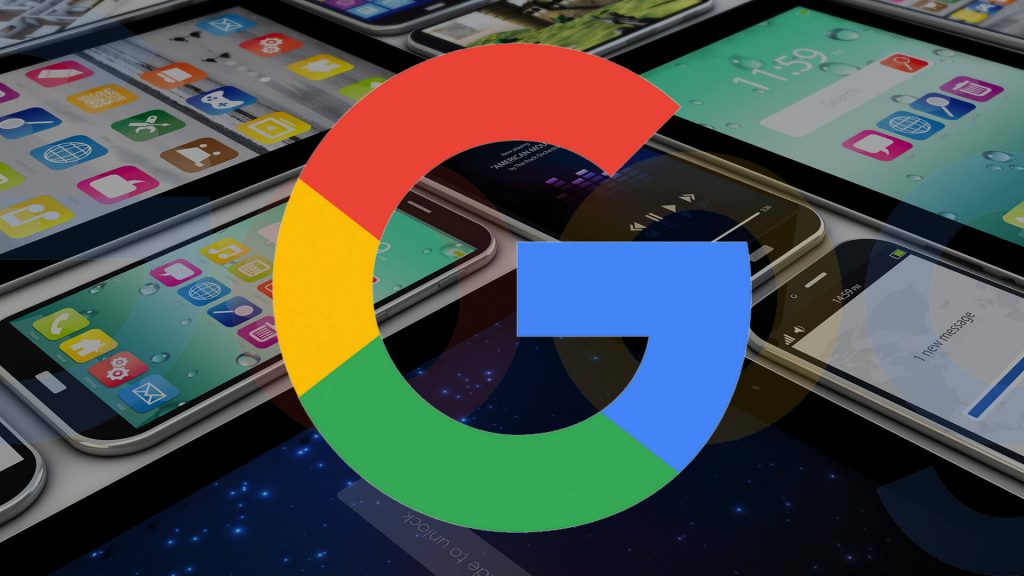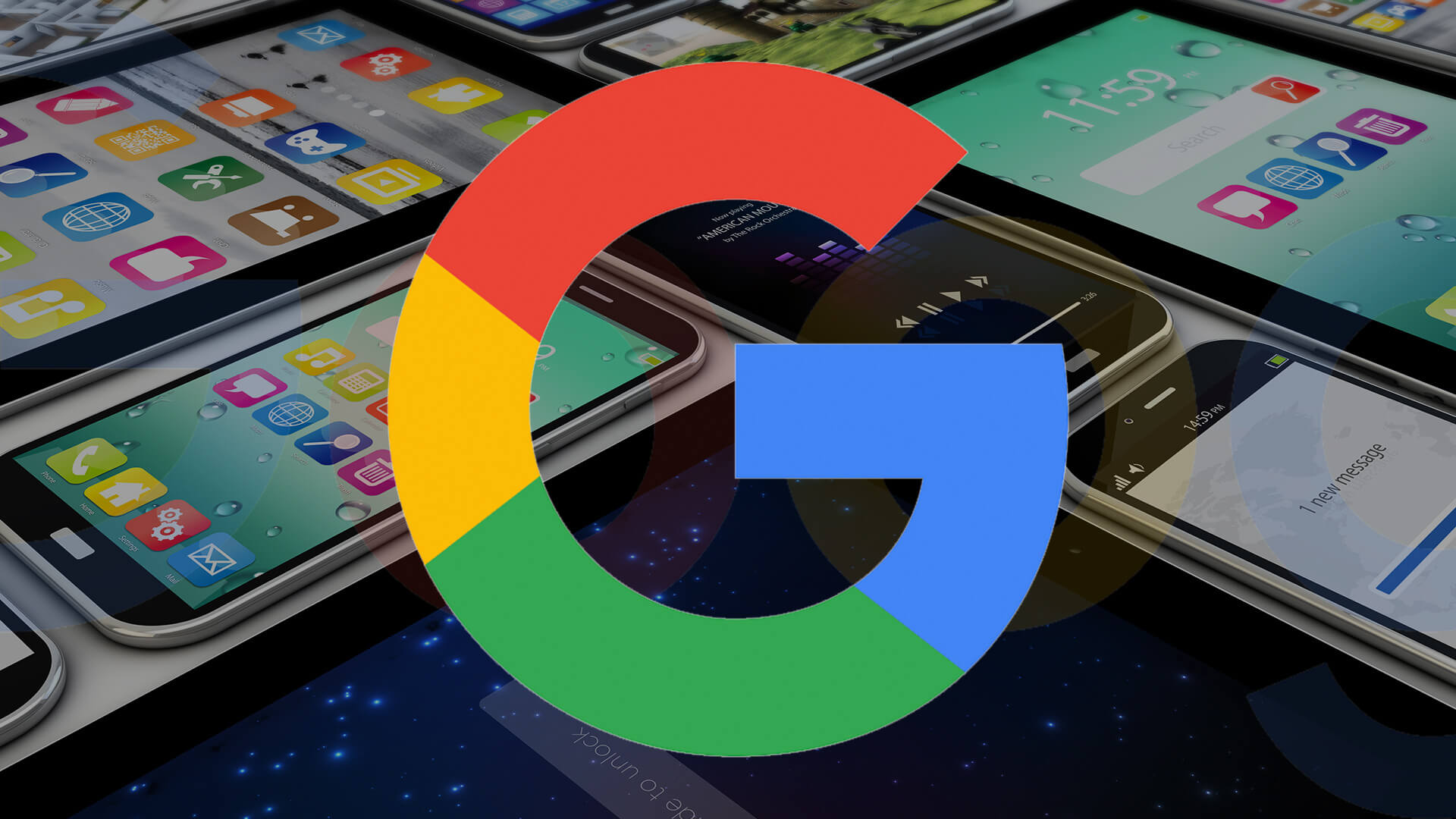Google is Now Mobile-First: Must Read
In recognition of the fact, most web users are now mobile rather than desktop-bound, Google has introduced mobile-first indexing. In its continuing effort to provide the best possible results, Google now crawls the web the way the majority of people employ it. In other words, like us, Google is now mobile-first. As of this writing, January 2019, Google’s reps say over half of the pages shown in global search results are products of mobile-first indexing.

Image Courtesy: Search Engine Land
So, what does this mean for your e-commerce site?
Read on.
Mobile-First Defined
Said succinctly, your mobile site is now Google’s starting point when it indexes your web presence. With that said, it’s not mobile-only—it’s mobile-first. Your desktop site still figures in the rankings, it just doesn’t have the weight it did before the switch. Thus, providing a mobile-friendly platform for users has taken on a new significance. What’s more, the lack of a mobile presence could downgrade the ranking of your desktop presence. In other words, if you have a perfectly optimized desktop site and you’re used to seeing it ranking highly, be prepared to see it drop off if you haven’t given your mobile site similar treatment.
What You Need to Do
If you have yet to do so, you’ll need to make your site conform to responsive web design. In other words, you’ll need to retrain it to optimize its appearance regardless of the type of device upon which it appears. If your current platform won’t accommodate this, you’ll need to undertake a redesign. The good news is a free website template like those provided by Shopify is already responsive. Thus, it may just be a matter of migrating your site to one of those platforms.
But Wait, There’s More
Along with a responsive design, you’ll need to ensure page speed is optimized for the mobile experience. You may have heard, Google is also taking speed into consideration in its rankings. This means your images and other dynamic elements need to be optimized to load quickly in a mobile environment. Further, content which may not be readily visible because it’s part of a dropdown menu, or behind a tab, will also be indexed.
Mobile-First Best Practices
• Content: If you’ve been holding some content in reserve for your desktop site, it’s time to give equal priority to your mobile site. The length and quality of your content should also be the same regardless of environment.
• Metadata: Titles and Meta descriptions should be identical on both versions of your site. Images should have alt attributes and keyword rich tags.
• Schema: You’ll also need to supply structured data to help Google see what your site contains. All of the background information you’ll need to implement this is at Schema.org.
• Hidden Content: Once frowned upon, hidden or “expandable” content is a must for mobile. You’re dealing with limited screen space, so you’re going to have to bury some content behind a clickable headline. This also gets crawled under mobile-first; so, using it will help improve your ranking results.
• Speed Thrills: As we mentioned above, site speed is now a ranking factor as well. This is particularly critical for mobile, as people are often searching for information to use on the fly. Think about it; if you’re looking for movie times, you want that information as quickly as possible to help you plan. Similarly, if you’re hungry and looking for the nearest outpost of your favourite burger joint, how patients are you going to be with a slow loading site?
Minding these elements when you create the mobile version of your e-commerce store will stand you in good stead when Google’s bots come crawling.




